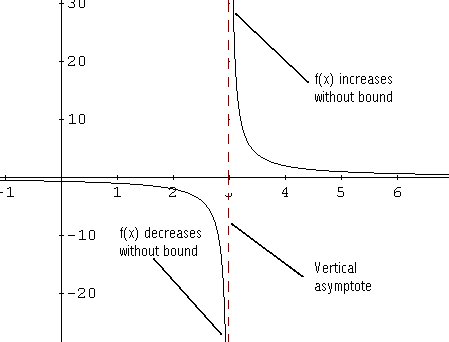(New page: == Periodic == Remember that constant functions like Y=2 and the like are periodic for CT and DT. For all Y(t) and Y(x) Y is equal to 2. The period can be any integer greater than excep...) |
m |
||
| (One intermediate revision by one other user not shown) | |||
| Line 1: | Line 1: | ||
| + | =Periodic versus non-periodic functions ([[Homework_1_ECE301Fall2008mboutin|hw1]], [[ECE301]])= | ||
| + | <span style="color:green"> Read the instructor's comments [[hw1periodicECE301f08profcomments|here]]. </span> | ||
| + | |||
== Periodic == | == Periodic == | ||
| Line 9: | Line 12: | ||
== Aperiodic == | == Aperiodic == | ||
An asymptotic CT function like <math>f(t)={ 2 \over(t-3)}</math> is aperiodic. | An asymptotic CT function like <math>f(t)={ 2 \over(t-3)}</math> is aperiodic. | ||
| + | |||
| + | There exists no number N where <math>f(t) = f(t+N)</math>. | ||
Latest revision as of 07:16, 14 April 2010
Periodic versus non-periodic functions (hw1, ECE301)
Read the instructor's comments here.
Periodic
Remember that constant functions like Y=2 and the like are periodic for CT and DT.
For all Y(t) and Y(x) Y is equal to 2. The period can be any integer greater than except 0.
Aperiodic
An asymptotic CT function like $ f(t)={ 2 \over(t-3)} $ is aperiodic.
There exists no number N where $ f(t) = f(t+N) $.


